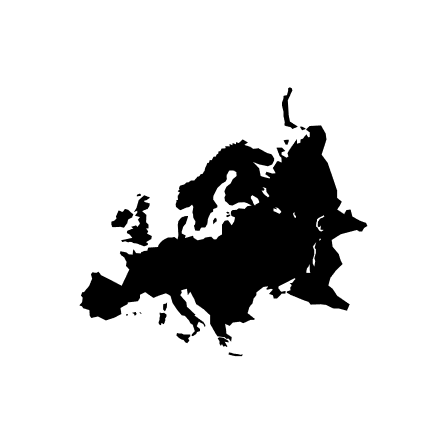TI Deployment Strategy: Choosing The Right One
How will your department deploy thermal imagers and to whom? It's often a question that comes alongside “How many thermal imagers do we need?” or “Which thermal imager model is right for us?”
In this article, we'll look at popular thermal imager deployment models, real departments who use them, and recommendations on how to know which is right for you. When you're ready, check out the full line of Bullard Thermal Imagers here.
Case Studies:
Read how departments like yours choose to deploy TI. Learn from their recommendations and experiences here >>
⇒ Mid-Size Department – Full Deployment/Jumpseat-Based Model – CASE STUDY
⇒ Small Department, Grant Funding – Department-Based Model – CASE STUDY
⇒ Volunteer Department – Apparatus-Based Model – CASE STUDY
What is a TI Deployment Model?
A TI Deployment Model is simply how your department chooses to distribute and position its thermal imaging resources.
Quickly delivering scene information to as many firefighters as possible can help increase safety and improve decision-making. That’s where the concept of getting thermal imagers into the hands of more firefighters comes into play. It's important to also think about the future of your department's TI deployment, even when considering near-term purchases.
Not only consider your TI deployment strategy of today, but also what your long-term TI deployment strategy should be several years into the future.
What are common Thermal Imager Deployement Models?
This question is influenced by your budget, department size, number of apparatus, and other factors. Fire departments frequently choose one of the following deployment strategies or modify a strategy to fit their specific needs:
-
Full Deployment/Jumpseat-Based
Typically deploys thermal imagers to most every officer and firefighter on scene. Frequently a combination of more advanced thermal imager for officers and simpler thermal imagers for other firefighters. Primary Goal: Decision making thermal imaging for all. Read a real life case study of this deployment model.
-
Apparatus-Based
Includes at least one thermal imager per apparatus. Ensure that the first arriving crew has access to thermal imaging to make informed decisions quickly upon arrival. Read a real life case study of this deployment model.
-
Station-Based
Focuses on one or a few thermal imagers per station. This evenly spreads limited thermal imaging resources among a coverage area. Frequently includes thermal imagers with more advanced features for maximum versatility.
-
Special Units-Based
Includes thermal imagers for rescue units, ladder crews, training departments, and other special units.
-
Department-Based
Small or volunteer departments sometimes focus on grant-based funding or community fundraising to acquire a limited number of thermal imagers for the entire department. Many grant-based purchases are for thermal imagers certified to the NFPA 1081 standard. Read a real life case study of this deployment model.
How Frequently Should We Re-Evaluate our Strategy?
Like any technology product, thermal imagers are advancing and evolving on a regular basis. That’s why regular evaluation of a department's thermal imaging needs, as well as reevaluation of available technology and products is essential.
The frequency of re-evaluation may vary per department. However, a good practice is to designate a few individuals within the department to stay abreast of the changing technology, updating key personnel as technology advances. This responsibility may lie in the training department or another key area. A more formal re-evaluation of the deployment strategy may happen every few years or as the department grows or changes.
⇒ talk to an expert to find which imagers fit best for your department
⇒ Research Bullard THermal Imager specs and options




